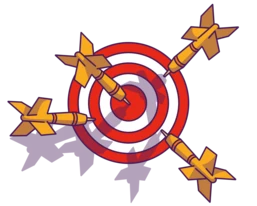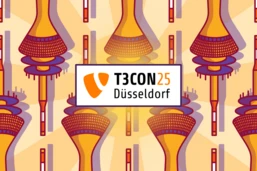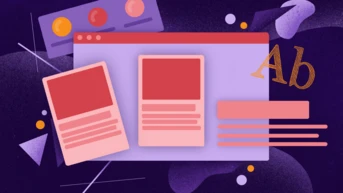Unlocking the Power of Target Audience Analysis for User-Centered Design
Elegant UX designs start with thorough audience research. It helps identify your ideal target audience, develop effective buyer personas, and put a focus on your customers’ perspectives so you can create a rewarding user experience that serves their needs.


If users’ needs are not put front and center when designing the website, visitors may feel lost, abandon the site, and become frustrated with your brand.
Uncover hidden insights into your target audience with b13’s intelligent audience analysis. The user research helps empathise and connect with the target audience; it also forms the foundation for our design strategy, eliminating possible barriers to adopting your products and services.
In-Depth Target Audience Analysis
Appreciating the mindset and wishes of your target audience is vital for a successful website. The more you find out about your audience’s intentions and motivations, the better you can adapt your content to their interests, and communicate with them at the right time, in the right place. At b13, we work in close collaboration with you to understand and analyze the real user needs.
Conduct workshops to identify target audiences
Understand the goals of the target audience in the context of the website
Perform user research and collect supporting data
Document user research results
Select tools and methods depending on available budget, time frame and data
Utilize user research insights for wireframing and prototyping
Rigorous Persona Development
Personas are archetypal users of your products and services. Building out profiles of ideal customers or audiences is one of the most important steps in UX design. It allows us to take a user-centric view and build out a framework to design for the audience’s behaviors and preferences.
Create a user profile of the ideal customer
Form a hypothesis around the persona
Describe user needs and expectations
Describe persona interest and values
Anticipate the persona’s future goals
Create proto-personas
Empathize with the users
Keep users’ goals in mind to create customer-focused designs
Comprehensive Customer Journey & Scenarios
After evaluating how we should approach the project, sometimes the most appropriate method is mapping out the entire customer journey, which describes the relationship between your customers and your products, services, and brand. Understanding your users’ headspace, what pain points they have, and the tasks they want to complete on the website help us create a design responding to their needs. Your site is then working for you, turning first-time visitors into long-term customers.
Define user journey stages
Customer journey mapping
Design user scenarios and expectations
Establish user actions, mindsets and emotions
User viewpoint modeling
Compare different user viewpoints when evaluating designs
Apply strategic thinking to a design strategy
Panoramic View on Customers’ Jobs-to-Be-Done (JTBD)
“Jobs-to-Be-Done” is another framework we could use, focusing on customer needs, context, goals, and the desired outcomes when they interact with your website. One benefit of outlining different personas and their jobs-to-be-done is that it enables displaying targeted, personalized content on the website that fits each user’s intent.
Determine customers’ unmet needs
Uncover the customers’ desired outcomes
Understand customers’ attitude, background, and circumstances for jobs-to-be-done
Decide relevant information and how it should be shown to the users



